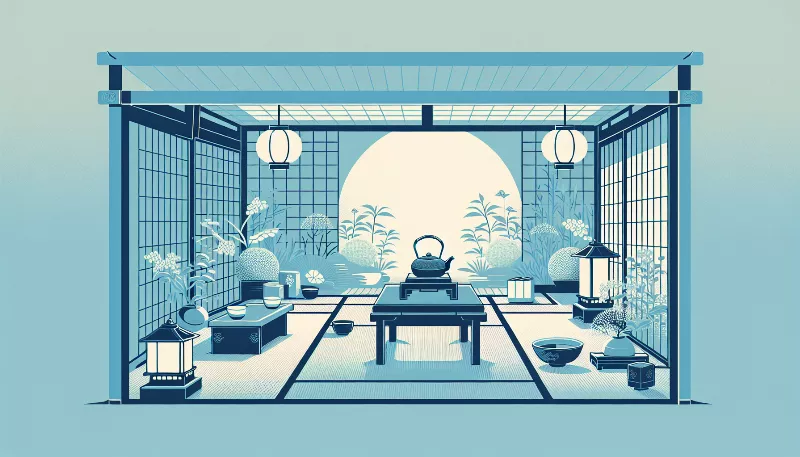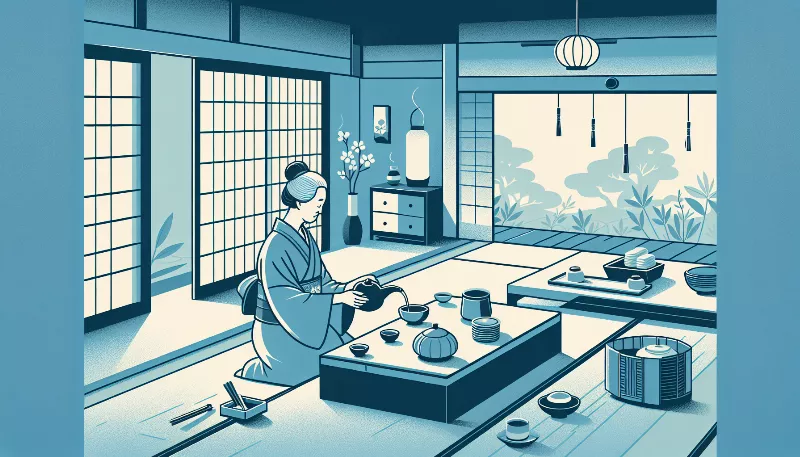Ceremony and Serenity: A Journey Through Japan's Tea Rituals
Explore the tranquil world of Japanese tea ceremonies with our guide. Discover ancient rituals, serene settings, and the art of Zen in every sip.

Ceremony and Serenity: A Journey Through Japan's Tea Rituals
Embark on a captivating journey through the heart of Japan's cultural heritage with its tea rituals, a practice steeped in tradition, elegance, and philosophy. The Japanese tea ceremony, known as Chanoyu, Sado, or Chado, is more than just a beverage preparation; it's a choreographed art that embodies harmony, respect, purity, and tranquility. Let's delve into the serene world of Japan's tea ceremonies and discover how this ancient custom continues to be a bastion of cultural identity and spiritual repose.
The Essence of the Japanese Tea Ceremony
At the core of the Japanese tea ceremony lies the spirit of Wabi-sabi, an aesthetic that finds beauty in simplicity, imperfection, and the natural cycle of growth and decay. This philosophy is meticulously woven into every aspect of the ceremony, from the rustic tea utensils to the minimalist tea room architecture. The tea itself, a powdered green tea called Matcha, is revered for its health benefits and its central role in the ritual.
A Step-by-Step Immersion
Participating in a tea ceremony is akin to a meditative experience. Guests are invited to leave behind the outside world as they step into the tea room, a space designed to evoke a sense of peace and introspection. The host, a trained practitioner, performs the ritual with graceful precision, cleansing each utensil with a silk cloth, whisking the Matcha to a frothy consistency, and serving it with a bow. Each movement is deliberate, fostering a shared moment of mindfulness between host and guest.
The Seasons of Tea
Japan's tea rituals are intimately connected to the changing seasons, with specific sweets, utensils, and even room decorations chosen to reflect the time of year. Spring ceremonies might feature blossoms and light, refreshing sweets, while autumn brings forth warm colors and hearty flavors. This seasonal awareness reminds participants of the fleeting nature of life and the importance of cherishing the present moment.
Learning the Way of Tea
For those inspired to delve deeper into the world of Japanese tea ceremonies, there are schools that teach the art of Chado. Students learn not only the technical aspects of the ceremony but also the underlying philosophies that make it a lifelong path of learning and personal growth. Mastery of the tea ceremony is a journey that can take years, reflecting a commitment to the continuous pursuit of refinement and understanding.
Tea Ceremonies in Modern Japan
While deeply rooted in history, the Japanese tea ceremony remains a vibrant part of contemporary culture. It is practiced in various settings, from formal gatherings to casual meet-ups among friends. Modern interpretations of the ceremony have also emerged, blending traditional elements with new ideas and allowing the ritual to evolve while maintaining its essence.
In conclusion, Japan's tea rituals offer a window into the soul of Japanese culture, inviting participants to slow down and savor the beauty of the moment. Whether you're a curious traveler or a dedicated student of Chado, the tea ceremony is a profound experience that resonates with the universal search for serenity and connection.






